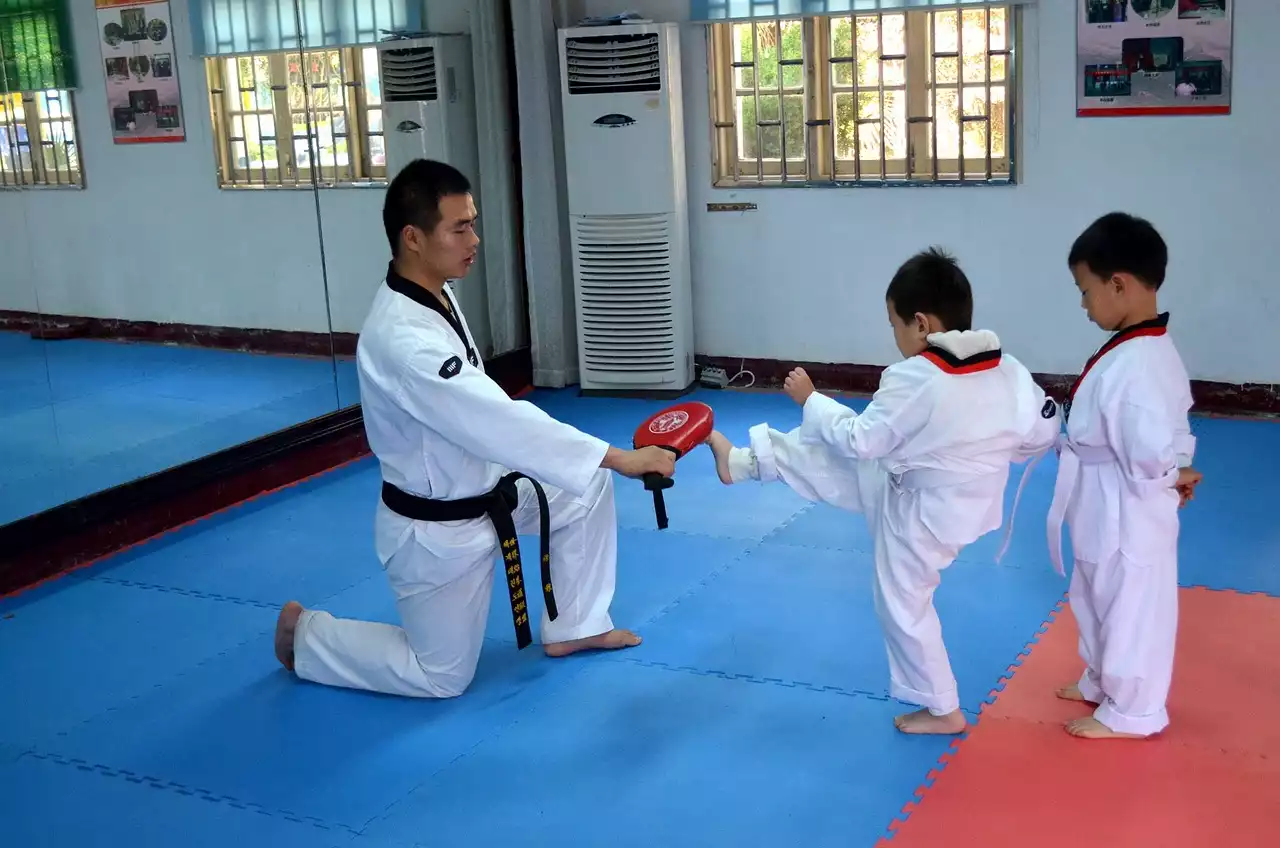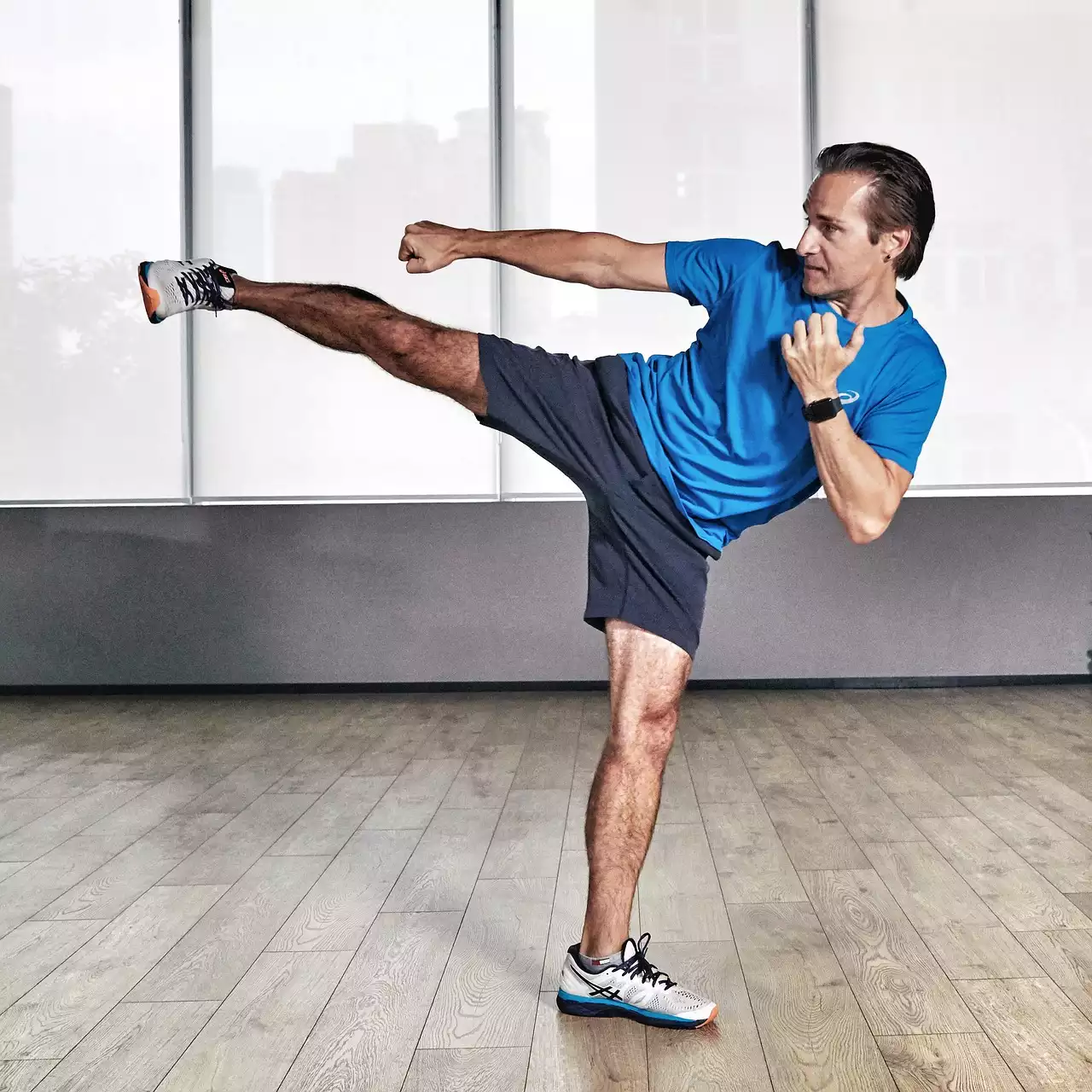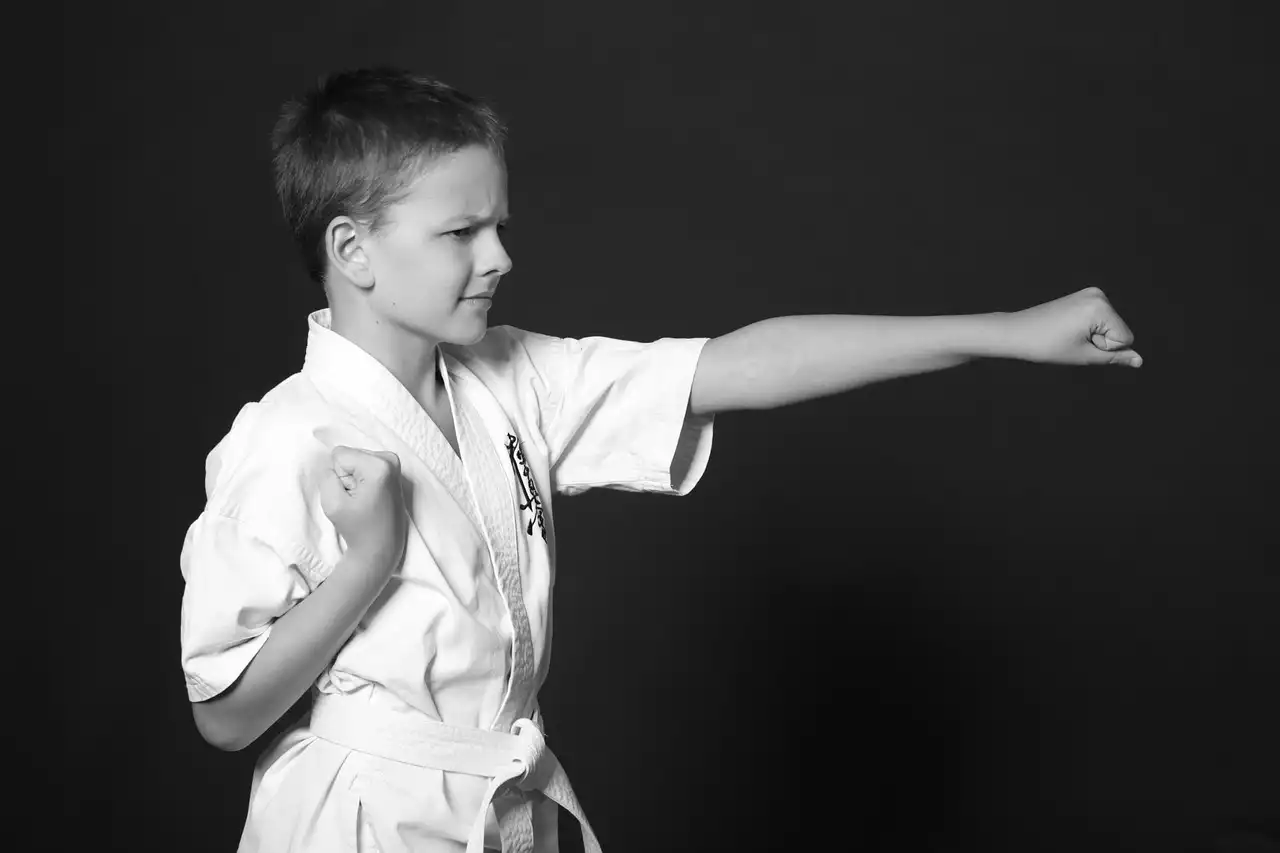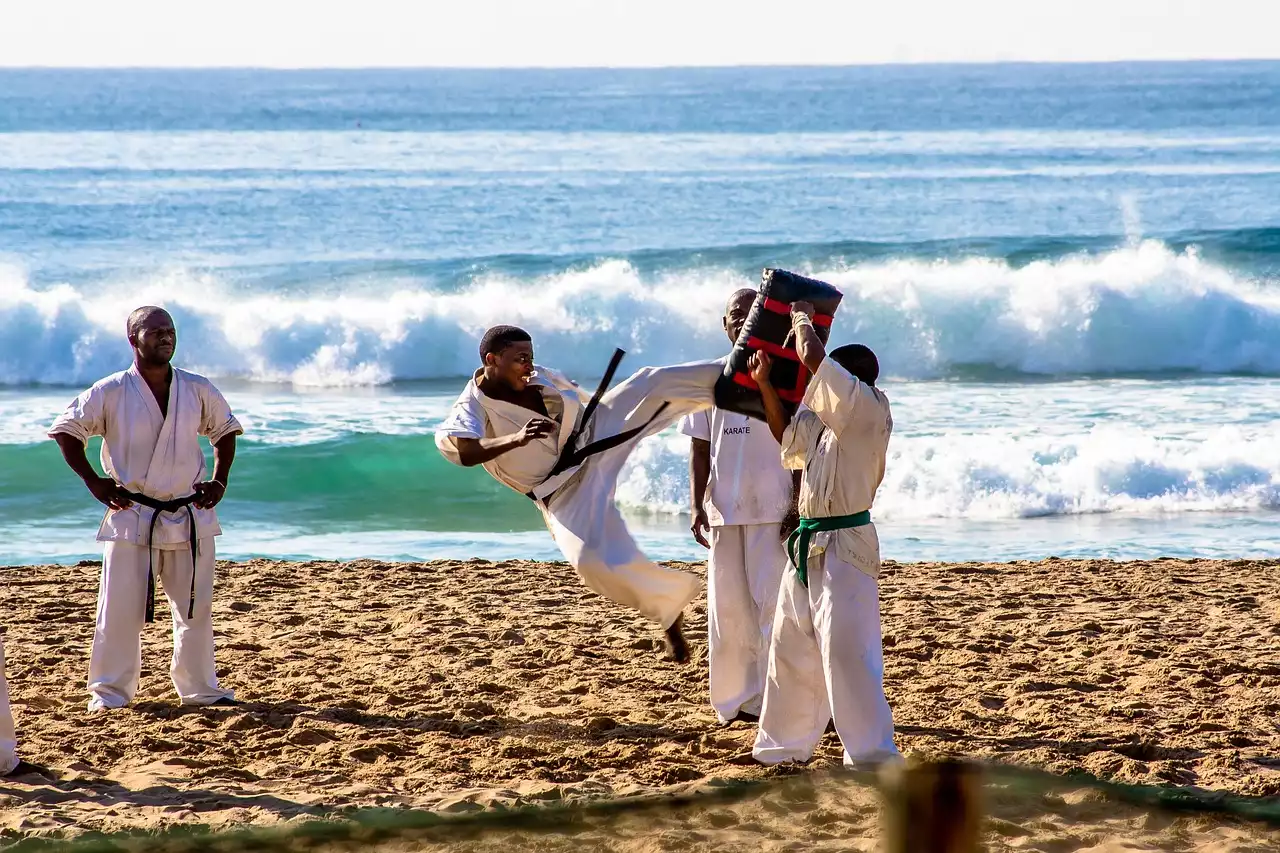Benefits of Karate for Balance and Coordination
Karate can be a great way to improve balance and coordination. Good balance and coordination are essential for self-defense, as they enable you to move quickly and accurately. As you practice karate, you will develop better balance and coordination, which will enable you to react quickly and effectively in a fight.
Karate also helps to improve agility and flexibility. It requires you to move in different directions and use a variety of stances and techniques. This helps to increase your range of motion, which can lead to improved balance and coordination.
Karate is also a great way to build strength and endurance. Karate is a full-body workout that requires you to use your whole body to generate power. This helps to build strength and endurance, which will make you less prone to injury and better able to handle physical exertion.
Karate Styles - Kata and Kumite
Kata is a form of practice that involves performing a series of pre-arranged movements to build strength and coordination. The movements are performed in sequential order, and the student must repeat them multiple times to memorize them. The movements can be adapted to all levels of experience, from beginner to advanced.
Kumite is a form of sparring that focuses on self-defense skills. It involves two opponents, who face off and exchange attacks and blocks. The aim is to practice defending oneself against an attack, while at the same time learning to use proper technique and form. Kumite is a great way to improve balance and coordination as it requires quick reflexes and precise movements.
How to Start Training Karate
If you are interested in starting to train karate, the first step is to find a school or instructor that is qualified to teach it. It is important to find an instructor who can teach the basics and help you develop your skills. Once you have found a qualified instructor, you can begin your training.
The first step in learning karate is to learn the basics. This includes understanding the different stances, punches, kicks, and blocks. You will also learn how to move correctly and perform various techniques.
Once you have learned the basics, you can start to practice kata and kumite. As you progress, you can move on to more advanced techniques.
Karate Equipment
Karate requires very little in the way of equipment. You will need a good pair of karate gi, or uniform, which should be comfortable and fit properly. You will also need a pair of karate gloves to protect your hands and a mouth guard to protect your teeth.
Karate Classes and Instructors
Once you have found a qualified instructor, you can begin your training. It is important to find an instructor who is knowledgeable and experienced in karate and can provide a safe training environment. A good instructor will be able to provide feedback and guidance, as well as correct any mistakes you may make.
Karate classes are usually held once or twice a week and last for an hour or two. During class, you will learn the basics of karate, practice kata and kumite, and review techniques. It is important to practice regularly to ensure that you are making progress.
Karate Drills and Training Exercises
Karate drills and training exercises are an important part of karate training. They help to improve balance and coordination, as well as strength and endurance. Common drills and exercises include shadow boxing, partner drills, and resistance exercises.
Shadowboxing is a great way to practice techniques and build muscle memory. It involves performing techniques as if you were fighting an opponent, without an actual opponent present. Partner drills involve two students working together to practice techniques and sparring. Resistance exercises involve using a partner or a resistance band to add resistance to your movements.
Karate Nutrition and Diet
In addition to practicing karate, it is important to maintain a healthy diet and lifestyle. Eating healthy foods that are rich in vitamins and minerals will help to ensure that you have enough energy for your training sessions. It is also important to stay hydrated and get plenty of rest.
Mental Benefits of Karate
Karate is a great way to improve balance and coordination, but it also has many mental benefits. Practicing karate helps to develop discipline, focus, and concentration. It also helps to increase self-confidence and mental toughness.
Karate can also be a great way to relieve stress and anxiety. It is a physical and mental form of exercise, which can help to clear your mind and relax your body. It can also provide a sense of accomplishment and pride, as you become more proficient in the art.










